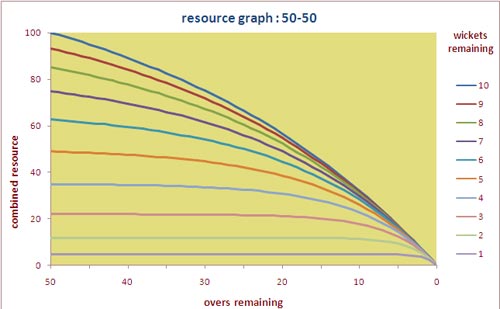NinjaFletch
Full Member
- Joined
- Sep 30, 2009
- Messages
- 19,818
Afghanistan's keeper is wonderfully un-crickety.
Laughing in Williams' face when he gets done by a googly
Laughing in Williams' face when he gets done by a googly


That celebration after stumping Williams.Afghanistan's keeper is wonderfully un-crickety.
Laughing in Williams' face when he gets done by a googly


I won't be surprised if Afghanistan cause an upset vs SL or Windies.
Got a gif of the catch? I stopped watching.
Tbh, I thought the D/L equation today was fine. They were absolutely no where near close to chasing that score and the D/L target reflected that, the point of DLS isn't to create an exciting contest, its to replicate the original match situation as best as possible in the truncated overs.
Group 2
Don't think we'll win a single game.
41/2 in 7 overs (RRR 10.69) when the rain stopped play the first time. Let's not take into account Oman's battingstrengthweakness because D/L doesn't do that either. RRR of 11 is very much chaseable. Just the other day Australia had 45/3 in 7 overs (RRR 12.30) and ended up chasing down 205.
The revised target after 7 overs was 111 from 9 overs (RRR 12.33). No problem there, that seems fair. Batting side still in it. Oman had to go for it and lost 2 wickets within the next over before rain stopped play again. When they came back on the revised target was all of a sudden 75 from 22 (RRR 20.45). Game over.
I'm not saying that D/L is supposed to create excitement, of course not. Just that this version of D/L is suited for 50 overs, not T20s. In T20 it gives way too much importance to a fall of wicket. Fall of wickets happen much more frequently in T20s and therefore should have less effect on revised D/L targets. If Oman hadn't lost those two wickets in the 8th over then the RRR wouldn't have been as extreme as 20.45. RRR should have gone to 16-17 at the very most.
Are the batting side really in it at 41/2 off 7? I'd say not really. To chase anything like 180, or in your example 205, you need a really special partnership, which is what the Aussies clearly got. But just because it has been chased, doesn't mean its easy, and the DLS targets reflect that and the fact that its far more likely teams will fall short than to win the game. How many teams have put on a 150 partnership for the 4th wicket in T20is before then? I'll give you the answer: no one. Not only that, but that was the highest partnership record for any wicket lower than 1st, 2nd or 3rd.
Crucially, between the two rain breaks Oman used up 1.2 overs for 4 runs, and lost two wickets. So their position had got markedly worse. I don't really think there can be too many complaints this time.



You're going to have to explain the axis to me, because it looks like you're comparing two different things. In T20 the combined resource score is measured out of 60 and in ODIs our of 100? If thats true then you can't really make any conclusion based on what the graphs look like.
The D/L method as applied to Twenty20 is a sawed-off version of the system governing ODIs. There's a need to adapt the method for the short form based on actual Twenty20 match data
Basically D/L in T20s is pretending that you're playing an ODI and haven't lost any wickets in the first 30 overs.
Combined resources at the start of an innings are supposed to be 100, not below 60.
